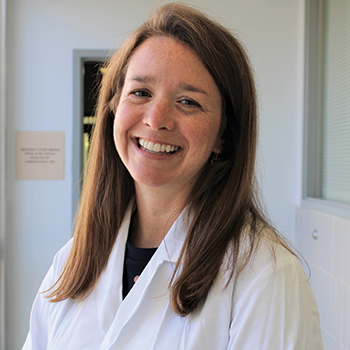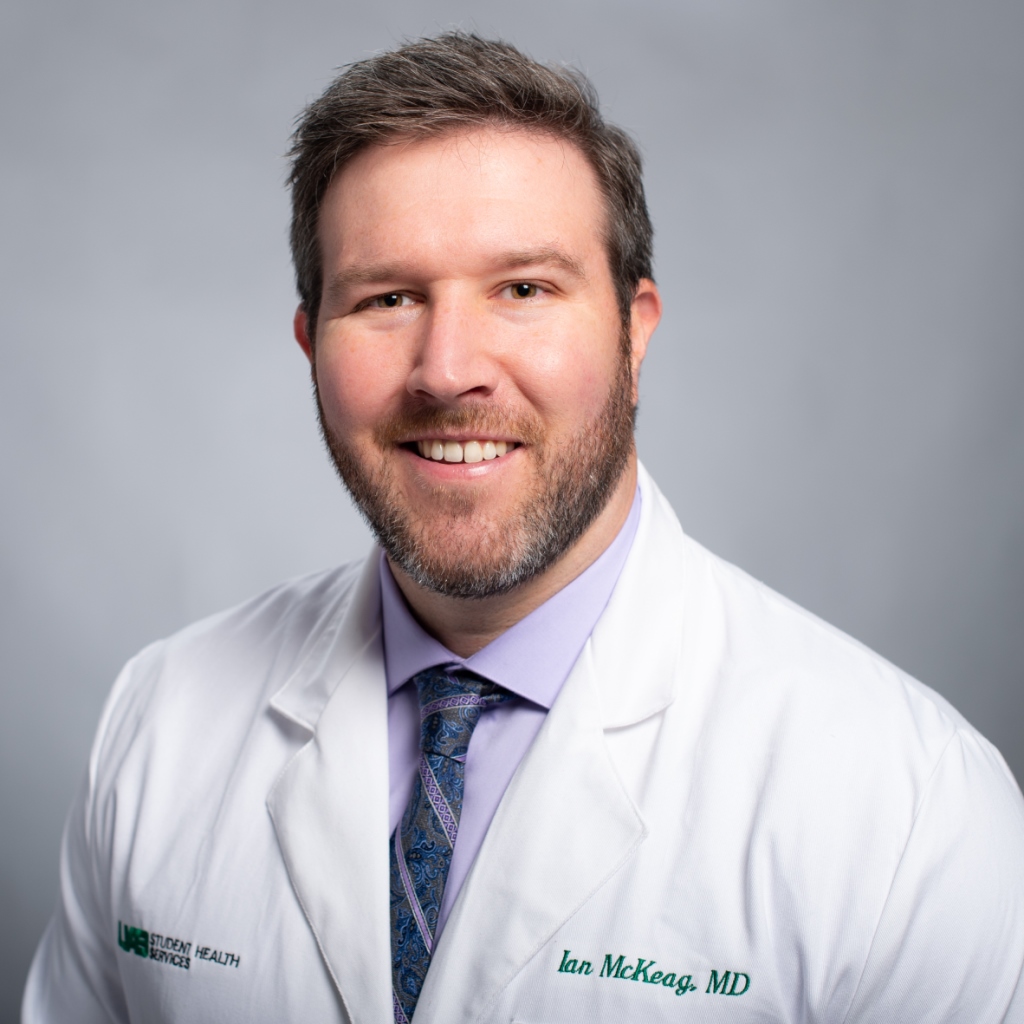 This June, we are recapping all the health-related advice our UAB Department of Family and Community Medicine providers have given us through our Ask a Provider social media series. Keep reading for trustworthy guidance on the importance of bedtime, questionable moles and a good warmup and cooldown routine for exercising.
This June, we are recapping all the health-related advice our UAB Department of Family and Community Medicine providers have given us through our Ask a Provider social media series. Keep reading for trustworthy guidance on the importance of bedtime, questionable moles and a good warmup and cooldown routine for exercising.
Does What Time I Go to Bed Really Matter?
 Kathleen Pridgen, M.D.Kathleen Pridgen, M.D., associate professor and UAB Student Health Services associate director, says that it is important to maintain a steady sleep schedule, both for those with an evening bedtime and those with unorthodox work schedules or shifts. In addition to having the same sleep schedule each night, Pridgen recommends that people sleep a certain number of hours.
Kathleen Pridgen, M.D.Kathleen Pridgen, M.D., associate professor and UAB Student Health Services associate director, says that it is important to maintain a steady sleep schedule, both for those with an evening bedtime and those with unorthodox work schedules or shifts. In addition to having the same sleep schedule each night, Pridgen recommends that people sleep a certain number of hours.
“Most adults need 7-9 hours of sleep, and children and adolescents typically need more,” Pridgen says. “What is most important is that bedtime and wake time are consistent, and that you are getting enough sleep between those times.”
When Should I Go Get My Mole Checked Out?
Erin DeLaney, M.D., assistant professor, Vice Chair of Clinical Affairs and Quality, ambulatory medical quality officer and Family and Community Medicine-Highlands medical director, says that although a patient should have a mole check every year, they should see a provider earlier if the mole or skin lesion has certain qualities.
 Erin DeLaney, M.D.“If a mole itches, bleeds, is scaly, crusty or has grown rapidly, or if a skin lesion changes color or won't heal, schedule an earlier than annual visit to your primary care physician or dermatologist,” DeLaney said.
Erin DeLaney, M.D.“If a mole itches, bleeds, is scaly, crusty or has grown rapidly, or if a skin lesion changes color or won't heal, schedule an earlier than annual visit to your primary care physician or dermatologist,” DeLaney said.
DeLaney said that a good way to see if you need to schedule a doctor’s appointment for these skin issues is to look at this acronym, the ABCDEs of Melanoma (asymmetry, border, color, diameter and evolving). She described each word in the acronym to show what the sign would look like in a mole.
“A – asymmetry. If the mole was folded in half and the two sides did not match. B – border. If the edges of the mole are blurry or jagged. C – color. If the mole has multiple colors or changes colors. D – diameter. If the mole is larger than 6 mm or roughly the size of a pea. E – evolving. If the mole has changed rapidly or appears different than your other moles,” DeLaney explained.
She urged people to visit their doctor if they have a mole that exhibits at least one of these signs.
How Can I Best Warmup and Cooldown for my Workout?
Ian McKeag, M.D., M.S., assistant professor and UAB Sports and Exercise Medicine Fellowship director, explained the difference between a warmup and cooldown, who should do each and what it should look like. McKeag said that while a warmup should increase both blood flow and heart rate, a cooldown should do the opposite.
 Ian McKeag M.D., M.S.“The goal for every warmup is to increase your heart rate above your resting rate, and to initiate some additional blood flow to the larger muscle groups you plan on working out. Conversely, the goal for your cooldown is to gradually reduce your heart rate toward your resting rate and return blood flow back to the pre-exercise state,” McKeag said.
Ian McKeag M.D., M.S.“The goal for every warmup is to increase your heart rate above your resting rate, and to initiate some additional blood flow to the larger muscle groups you plan on working out. Conversely, the goal for your cooldown is to gradually reduce your heart rate toward your resting rate and return blood flow back to the pre-exercise state,” McKeag said.
However, both a warmup and cooldown should be an easier version of your predominant workout movements.
McKeag explained, “So, if you are warming up for a long run, a slower paced light jog would fit the bill as an appropriate warmup. If you are in the weight room, then try some slow, controlled, body-weight squats, push-ups, or other significantly reduced-weight lifts.”
Although McKeag says doing a pre-workout warmup and post-workout stretching is something he recommends to everyone working out, he says that it is less important for resistance trainers to cool down than it is for people doing an aerobic/cardiovascular-based workout. McKeag still advised, however, that most people incorporate a cooldown into their workout routine.
Follow the Ask a Provider series on the UAB Department of Family and Community Medicine’s social media for more tips and advice from our providers.